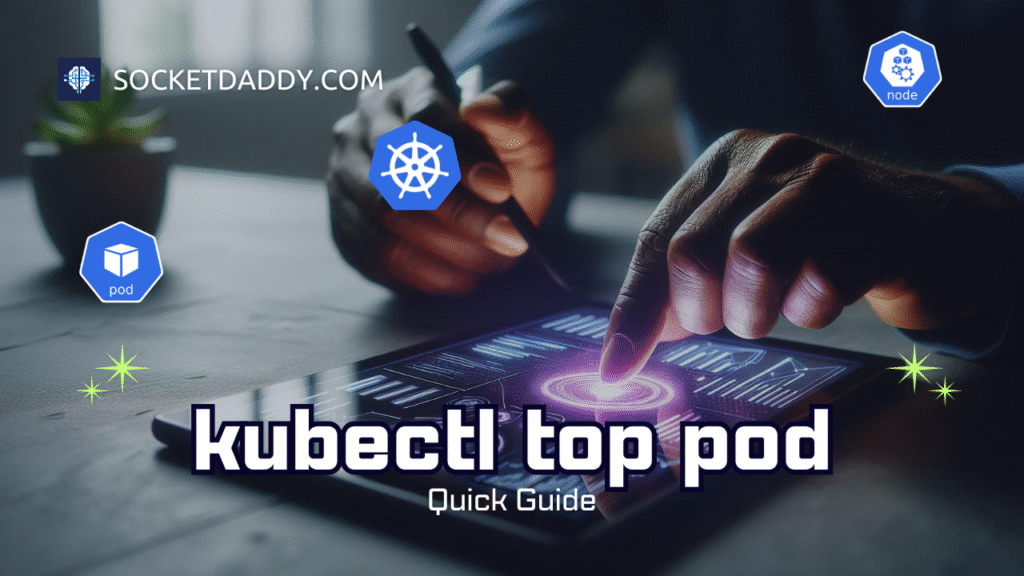Kubernetes API offers a unified interface for cluster operations. Developers, SREs and platform engineers rely on robust API access. This guide explains configuration, authentication and advanced use cases. You learn to secure connections, use service accounts, exec plugins and impersonation to manage clusters programmatically.
TL;DR
- You can configure access via kubeconfig files with TLS certificates or tokens.
- Service accounts provide in-cluster API credentials for pods.
- Exec plugins extend authentication using external commands.
- Impersonation lets you act as another user for debugging or RBAC testing.
- Contexts in kubeconfig isolate clusters, users and namespaces per workflow.
Kubernetes API Overview
Kubernetes API sits at the core of control plane. All kubectl commands, controllers and custom tools call it via HTTP/JSON over TLS. API server validates requests, enforces RBAC policies and persists state in etcd. You need valid credentials and correct kubeconfig entries to connect securely.
Kubernetes API Configuration
Every client needs a kubeconfig file. Default path: ~/.kube/config or set KUBECONFIG env var. A kubeconfig holds clusters, users and contexts definitions.
apiVersion: v1
kind: Config
clusters:
- name: my-cluster
cluster:
server: https://api.my-cluster.example.com:6443
certificate-authority: /path/to/ca.crt
users:
- name: admin-user
user:
client-certificate: /path/to/admin.crt
client-key: /path/to/admin.key
contexts:
- name: admin-context
context:
cluster: my-cluster
user: admin-user
current-context: admin-context
Switch contexts:
kubectl config use-context admin-contextClient Authentication Methods for Kubernetes API
Kubernetes supports multiple client auth methods. Choose one per security requirements.
TLS Client Certificates
Generate key and certificate signed by cluster CA. Place certs on client machine. Use client-certificate and client-key fields in kubeconfig.
Bearer Tokens
Simple JWT or opaque token passed via HTTP header. Use token field under user in kubeconfig.
users:
- name: token-user
user:
token: eyJhbGciOiJSUzI1NiIsInR5cCI...
Service Account Tokens
In-cluster pods receive mounted JWT tokens. Use automountServiceAccountToken flag in Pod spec. Example:
apiVersion: v1
kind: Pod
metadata:
name: example-pod
spec:
serviceAccountName: default
containers:
- name: app
image: my-app:latest
volumeMounts:
- name: sa-token
mountPath: /var/run/secrets/kubernetes.io/serviceaccount
volumes:
- name: sa-token
projected:
sources:
- serviceAccountToken:
path: token
expirationSeconds: 3600
Exec Plugins for Kubernetes API
Exec plugins let kubeconfig call external binaries to fetch credentials. Common use cases: cloud provider auth, OIDC flows.
users:
- name: gcp-user
user:
exec:
apiVersion: client.authentication.k8s.io/v1beta1
command: gcloud
args:
- config
- config-helper
- --format=json
On each API call, kubectl runs the plugin, retrieves fresh token and uses it for authorization.
Kubernetes API Impersonation
Use impersonation headers to test RBAC. Add flags:
kubectl get pods [email protected] --as-group=developersAPI server checks impersonation permission via users/impersonate verbs in RBAC.
Kubernetes API Use Cases
Teams build custom controllers and operators using client-go or kubectl plugins. CI/CD pipelines use API to deploy manifests. Service meshes query API for endpoint data. Event-driven workflows watch resources via watch API to trigger functions.
Access Controls and RBAC
Define Roles and RoleBindings to restrict API access by namespace. ClusterRoles apply cluster-wide. Example Role:
apiVersion: rbac.authorization.k8s.io/v1
kind: Role
metadata:
namespace: default
name: pod-reader
rules:
- apiGroups: [""]
resources: ["pods"]
verbs: ["get", "list", "watch"]
Context Management
Use contexts to work with multiple clusters or users. List contexts:
kubectl config get-contextsDelete contexts when no longer needed:
kubectl config delete-context test-clusterReferences
Suggested Reading
PostHashID: 5adc73ee48de7ad89b06b83a106f6f076fbbf187b5fe21909b55620c5daea1c5




